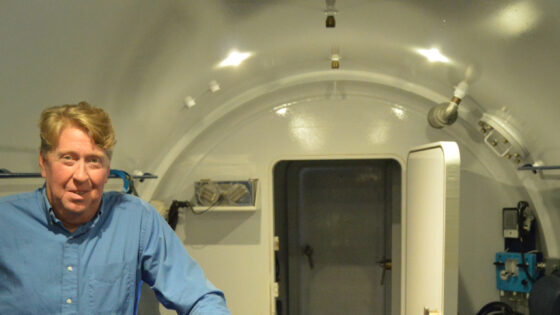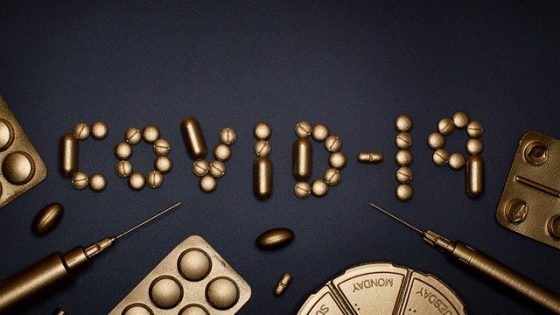chronic lymphocytic leukemia/small lymphocytic lymphoma
An indolent (slow-growing) cancer in which immature lymphocytes (white blood cells) are found in the blood and bone marrow and/or in the lymph nodes. Chronic lymphocytic leukemia (CLL) and small lymphocytic lymphoma (SLL) are the same disease, but in CLL cancer cells are found mostly in the blood and bone marrow. In SLL cancer cells are found mostly in the lymph nodes. Chronic lymphocytic leukemia/small lymphocytic lymphoma is a type of non-Hodgkin lymphoma. Also called CLL/SLL.
Chronic mental illness
An illness or disorder which is severe in degree and persistent in duration. The symptoms may be permanent or episodic. There may also be a substantially diminished level of functioning in the primary aspects of daily living.
chronic myelogenous leukemia
An indolent (slow-growing) cancer in which too many myeloblasts are found in the blood and bone marrow. Myeloblasts are a type of immature blood cell that makes white blood cells called myeloid cells. Chronic myelogenous leukemia may get worse over time as the number of myeloblasts increases in the blood and bone marrow. This may cause fever, fatigue, easy bleeding, anemia, infection, a swollen spleen, bone pain, or other signs and symptoms. Chronic myelogenous leukemia is usually marked by a chromosome change called the Philadelphia chromosome, in which a piece of chromosome 9 and a piece of chromosome 22 break off and trade places with each other. It usually occurs in older adults and rarely occurs in children. Also called chronic granulocytic leukemia, chronic myeloid leukemia, and CML.
chronic myeloid leukemia
An indolent (slow-growing) cancer in which too many myeloblasts are found in the blood and bone marrow. Myeloblasts are a type of immature blood cell that makes white blood cells called myeloid cells. Chronic myeloid leukemia may get worse over time as the number of myeloblasts increases in the blood and bone marrow. This may cause fever, fatigue, easy bleeding, anemia, infection, a swollen spleen, bone pain, or other signs and symptoms. Chronic myeloid leukemia is usually marked by a chromosome change called the Philadelphia chromosome, in which a piece of chromosome 9 and a piece of chromosome 22 break off and trade places with each other. It usually occurs in older adults and rarely occurs in children. Also called chronic granulocytic leukemia, chronic myelogenous leukemia, and CML.
chronic myelomonocytic leukemia
A slowly progressing type of myelodysplastic/myeloproliferative disease in which too many myelomonocytes (a type of white blood cell) are in the bone marrow, crowding out other normal blood cells, such as other white blood cells, red blood cells, and platelets. Also called CMML.
chronic myeloproliferative neoplasm
A type of disease in which the bone marrow makes too many red blood cells, platelets, or certain white blood cells. Chronic myeloproliferative neoplasms usually get worse over time as the number of extra cells build up in the blood and/or bone marrow. This may cause bleeding problems, anemia, infection, fatigue, or other signs and symptoms. Certain chronic myeloproliferative neoplasms may become acute myeloid leukemia (AML). Chronic myeloproliferative neoplasms include chronic myelogenous leukemia (CML), polycythemia vera, primary myelofibrosis, essential thrombocythemia, chronic neutrophilic leukemia, and chronic eosinophilic leukemia. Also called myeloproliferative neoplasm.
chronic neutrophilic leukemia
A disease in which too many neutrophils (a type of white blood cell) are found in the blood. The extra neutrophils may cause the spleen and liver to become enlarged. Chronic neutrophilic leukemia may stay the same for many years or it may progress quickly to acute leukemia.
chronic obstructive pulmonary disease
A type of lung disease marked by permanent damage to tissues in the lungs, making it hard to breathe. Chronic obstructive pulmonary disease includes chronic bronchitis, in which the bronchi (large air passages) are inflamed and scarred, and emphysema, in which the alveoli (tiny air sacs) are damaged. It develops over many years and is usually caused by cigarette smoking. Also called COPD.
chronic pain
Pain that can range from mild to severe, and persists or progresses over a long period of time.
chronic phase
Refers to the early stages of chronic myelogenous leukemia or chronic lymphocytic leukemia. The number of mature and immature abnormal white blood cells in the bone marrow and blood is higher than normal, but lower than in the accelerated or blast phase.













